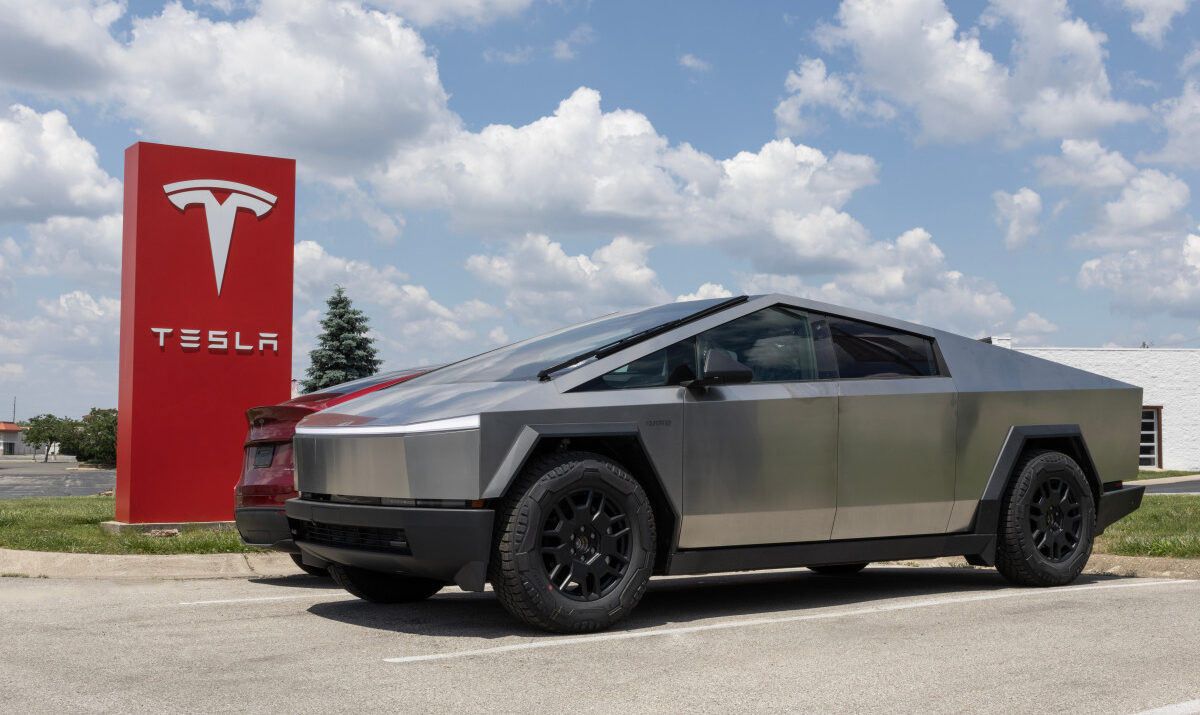
In the world of automotive innovation, the adage “what goes up must come down” seemingly rings true for the Tesla Cybertruck. Despite being crowned as the top-selling electric pickup in the second quarter of 2024, the third most popular electric vehicle in the nation in the third quarter, and the leading model priced above $100,000 in the first half of the year, consumer enthusiasm for the Cybertruck appears to be waning.
Lengthy Sales Cycles for Cybertrucks
A recent report by Reuters highlights a notable shift: the average Cybertruck is now staying on dealership lots for up to 75 days before finding a new owner, a stark increase from just 27 days back in May. Furthermore, S&P data reveals that new registrations of the Cybertruck in the U.S. plummeted to 4,335 in September, followed by a dip to 4,039 in October, down from August’s peak of 5,428.
Market analysts suggest that Tesla’s leasing strategies may be indicative of their efforts to accelerate sales. The leases for the Cybertruck, which commenced at $999 a month in November, have since been adjusted downward to $899. This price reduction aligns with the company’s ongoing trend of slashing prices, reminiscent of similar tactics employed the previous year, and includes enticing incentives such as three months of complimentary fast-charging and access to Full Self-Driving capabilities for new orders arriving by December 31.
Uncertain Factors Behind the Sales Decline
While pinpointing an exact cause for this downward trend is complex, various factors are believed to play a role. Observers note that the Cybertruck’s unique design and high price point might deter traditional truck buyers who typically favor more conventional models from established brands like Ford, Chevrolet, and GMC. Though some rival models hover around the Cybertruck’s $100,000 MSRP, buyers often opt for more familiar choices that assure them of what to expect.
The Broader EV Market’s Resilience
Related: EV sales in Europe are growing—with one significant Tesla-sized exception
It’s critical not to interpret the Cybertruck’s declining fortunes as a reflection of the health of the entire electric vehicle landscape. In Europe, for instance, this year’s surge in total EV sales has been significantly tempered by Tesla’s sales slump. Our very own Elijah Nicholson-Messmer has crafted insightful visualizations to elucidate these trends.
Looking Ahead
It is apparent that Tesla currently faces challenges not seen in earlier years. While they remain a formidable player in the industry, the competition is intensifying from all fronts. Elon Musk’s conduct and alliances may not be bolstering public perception or sales, but that discussion warrants a separate analysis. The automaker has an array of strategies at its disposal, whether it be launching new, budget-friendly models or refreshing existing offerings to retain consumer interest.
As the EV market continues to evolve, it will be intriguing to observe how Tesla adapts to the shifting landscape and determines its path forward.
Related: Will 2025 be a transformative year for car sales?
Source:www.autoblog.com






